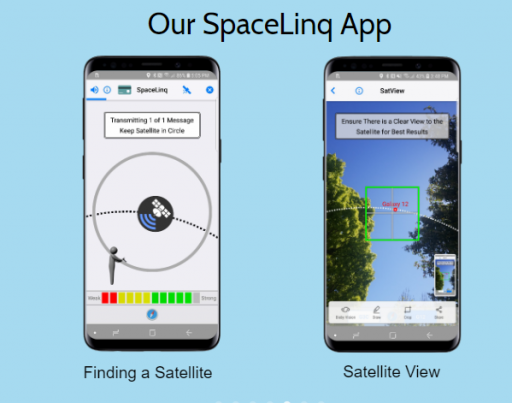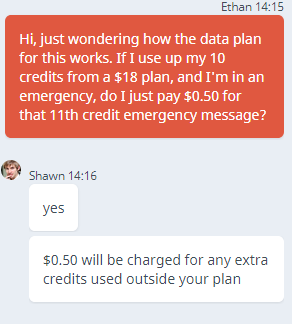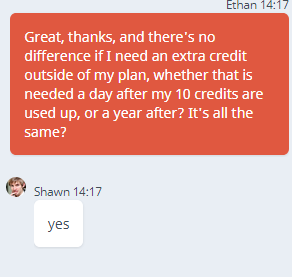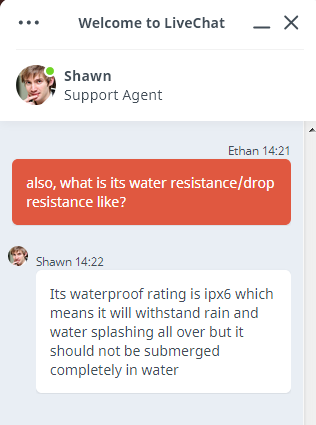
Compact and secure satellite communicator | Higher Ground
The SatPaq is the world's most compact, easy-to-use, and secure satellite communicator.
 satpaq.com
satpaq.com
I heard about this device last year and it seemed promising then, still does now. Basically, the SatPaq attaches to your existing Android/iPhone and lets you send satellite messages with it, apparently using existing geostationary satellites. However, instead of a subscription, you buy messages in bulk. For some of us who travel infrequently or don't necessarily need satellite messages outside of emergencies, this seems like a promising alternative to the subscription-based SPOT and InReach models that dominate the market.
It's a relatively new device, does anyone have experience with it though? I've found this forum post, and this review but not much else. Thinking of getting one, but would appreciate some feedback before I drop some cash on it...







